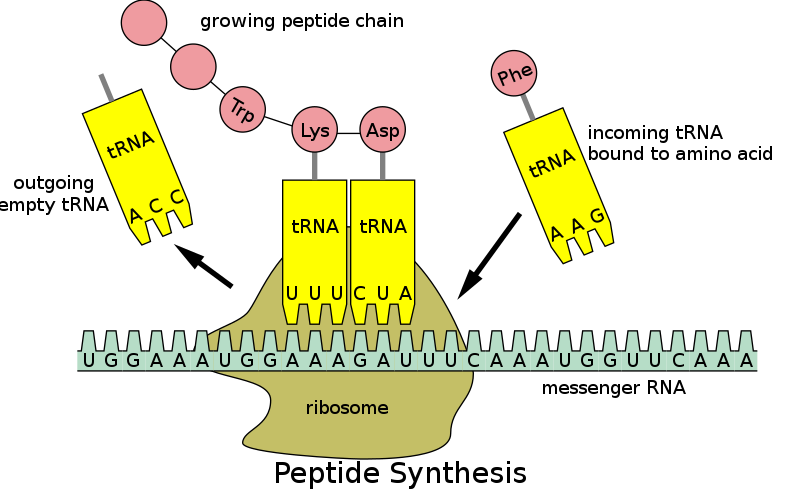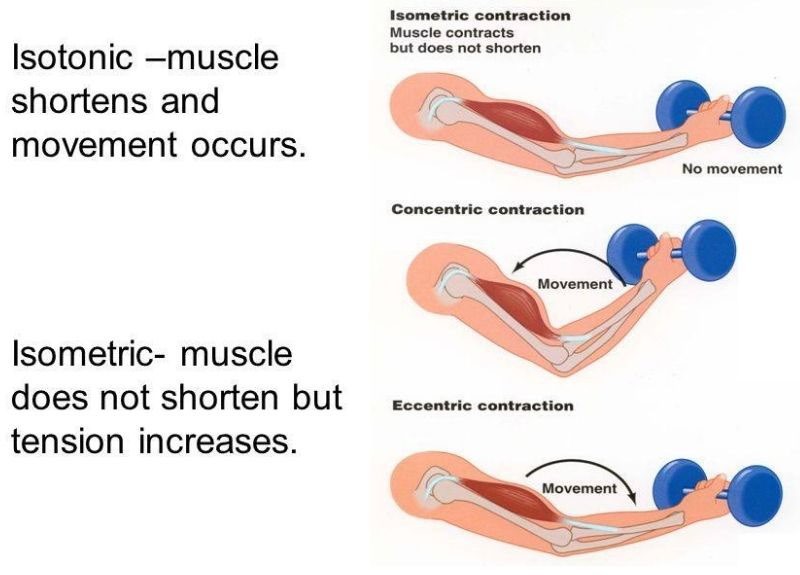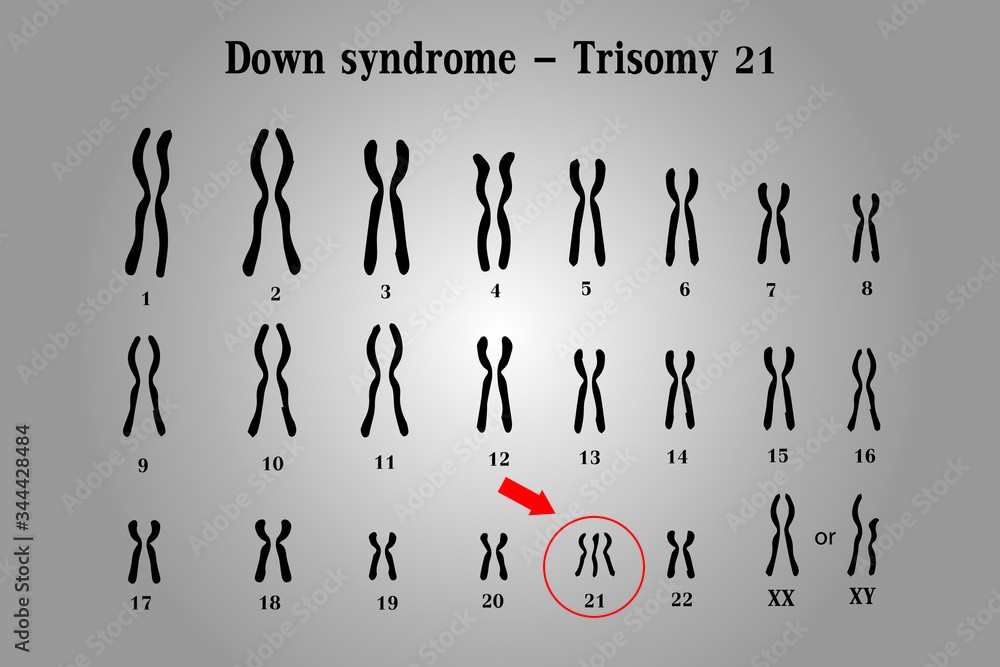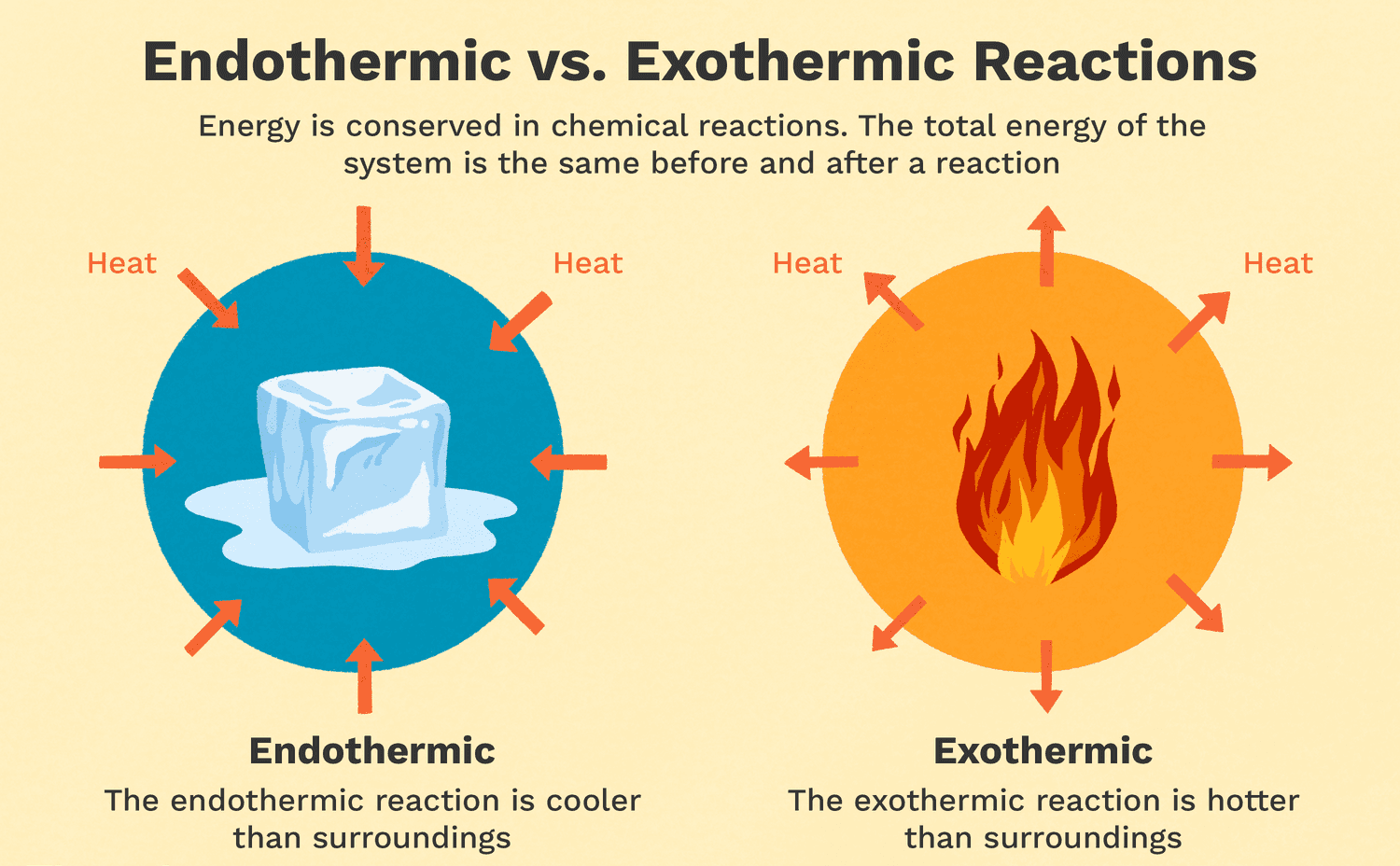What is the difference between innate immunity and adaptive immunity?
Innate immunity is present at birth and provides immediate, non-specific protection against pathogens while adaptive immunity is developed over time and provides specific protection against particular pathogens.
Innate immunity involves the recognition of specific pathogens while adaptive immunity involves the recognition of general paterns of pathogens.
Innate immunity involves the production of antibodies while adaptive immunity involves the activation of phagocytes.
Innate immunity is activated by the lymphatic system while adaptive immunity is activated by the circulatory system.
Correct Answer : A
Innate immunity is the first line of defense against pathogens and is present at birth. It provides immediate, non-specific protection against a wide range of pathogens, including bacteria, viruses, and fungi. Innate immunity involves physical barriers, such as skin and mucous membranes, as well as cellular and molecular components, such as phagocytes and cytokines.
Adaptive immunity, on the other hand, is developed over time and provides specific protection against particular pathogens. It involves the recognition of antigens, which are specific components of pathogens, by immune cells called lymphocytes. The lymphocytes then produce antibodies that are specific to the antigens, allowing for a targeted response to the pathogen. This process takes time to develop, as the immune system needs to encounter the pathogen and mount a response.
Overall, innate immunity provides immediate, non-specific protection while adaptive immunity provides specific protection that is tailored to the particular pathogen. Both forms of immunity work together to protect the body against pathogens.
TEAS 7 Exam Quiz Bank
HESI A2 Exam Quiz Bank
Find More Questions 📚
Teas 7 Questions: We got the latest updated TEAS 7 questions
100% Money Refund: 100% money back guarantee if you take our full
assessment pass with 80% and fail the actual exam.
Live Tutoring: Fully customized live tutoring lessons.
Guaranteed A Grade: All students who use our services pass with 90%
guarantee.
Related Questions
Correct Answer is A
Explanation
Transfer RNA (tRNA) is responsible for carrying amino acids to ribosomes during protein synthesis. Each tRNA molecule has a specific anticodon that matches a codon on the messenger RNA (mRNA) molecule. The tRNA molecule binds to the mRNA codon and brings the corresponding amino acid to the ribosome, where it is added to the growing polypeptide chain.
 |
Correct Answer is B
Explanation
Isotonic and isometric contractions are two types of muscle contractions that differ in the amount of force produced and the movement of the muscle. In isotonic contractions, the muscle changes length and produces movement, such as lifting a weight. The force generated by the muscle remains constant throughout the movement. Isotonic contractions can be further classified as concentric contractions, in which the muscle shortens as it contracts, and eccentric contractions, in which the muscle lengthens as it contracts.
In contrast, isometric contractions occur when the muscle generates force without changing its length or producing movement. For example, holding a weight in a fixed position without moving it requires an isometric contraction. In an isometric contraction, the force generated by the muscle increases up to a maximum and then remains constant. Isometric contractions can be used to build strength and endurance in the muscle, but they do not produce movement.
 |
Correct Answer is D
Explanation
In the case of methanol poisoning, the metabolism of methanol to formaldehyde is a critical concern because formaldehyde is highly toxic. Ethanol is used as a treatment because it competes with methanol for the same enzyme, methanol oxidase (or alcohol dehydrogenase), effectively inhibiting the metabolism of methanol. By inhibiting the enzyme, ethanol reduces the conversion of methanol to formaldehyde, thereby minimizing its toxic effects.
Here’s why the other options are not suitable treatments:
- A. Methanol oxidase, which would increase the rate of the reaction: This would not be a treatment; it would worsen the situation by promoting the conversion of methanol to toxic formaldehyde.
- B. Methanol, which would saturate the methanol oxidase: This option would also be harmful, as adding more methanol would only lead to more formaldehyde production.
- C. Ice, which would shift the equilibrium of the reaction: The reaction is not a typical equilibrium reaction in this context, and cooling the body does not address the metabolic conversion of methanol to formaldehyde.
Thus, administering ethanol is an effective treatment to prevent the toxic effects of methanol metabolism.
Correct Answer is D
Explanation
This reaction involves an acid (hydrochloric acid, HCl) and a base (magnesium hydroxide, Mg(OH)₂) reacting to form water (H₂O) and a salt (magnesium chloride, MgCl₂). This is a classic neutralization reaction, where an acid reacts with a base to neutralize each other, producing water and a salt.
- Neutralization Reaction: Acid + Base → Water + Salt
- In this case:
- Acid: HCl (hydrochloric acid)
- Base: Mg(OH)₂ (magnesium hydroxide)
- Products: H₂O (water) and MgCl₂ (magnesium chloride)
The other options do not apply:
- A. Decomposition: A single compound breaks down into two or more substances. Not the case here.
- B. Combustion: A substance reacts with oxygen, often producing heat and light (usually with organic compounds). Not the case here.
- C. Synthesis: Two or more substances combine to form a single product. Not applicable to this reaction.
Correct Answer is C
Explanation
Facial acne is commonly caused by the blockage and inflammation of the sebaceous glands. These glands are responsible for secreting sebum, an oily substance that helps to lubricate the skin and hair. When these glands become overactive, or their ducts are blocked by excess sebum and dead skin cells, it can lead to the formation of pimples, blackheads, or whiteheads, which are typical signs of acne.
- Sebaceous glands are found near hair follicles and are primarily responsible for acne when they become clogged.
The other options are not related to acne:
- A. Lacrimal glands: These produce tears and are associated with the eye, not the skin.
- B. Sudoriferous glands: These are sweat glands, which are involved in perspiration, not typically linked to acne.
- D. Ceruminous glands: These are found in the ear canal and produce earwax, not involved in facial skin health.
Correct Answer is C
Explanation
The key structural difference between starch and cellulose lies in the type of glucose monomers they contain:
- Starch is composed of alpha-glucose monomers, which are linked by α(1→4) glycosidic bonds.
- Cellulose is composed of beta-glucose monomers, which are linked by β(1→4) glycosidic bonds.
This difference in the orientation of the glucose molecules leads to different structural properties:
- In starch, the alpha-glucose linkage causes the molecules to form a helical, more easily digestible structure.
- In cellulose, the beta-glucose linkage results in straight, rigid chains that form strong fibers through hydrogen bonding, making it difficult for most organisms to digest.
The other options are incorrect:
- A. Incorrect, as cellulose fibrils do have hydrogen bonds, which contribute to its rigid structure.
- B. Incorrect, as both starch and cellulose are made of glucose, not fructose.
- D. Incorrect, both starch and cellulose contain cyclized glucose monomers, but the orientation differs.
Correct Answer is A
Explanation
Electrons are subatomic particles that possess a very small mass compared to protons and neutrons. The mass of an electron is approximately 11836of the mass of a proton or neutron, making it negligible when calculating the atomic mass of an atom.
In atomic mass calculations, protons and neutrons are considered because they make up the bulk of the atom's mass:
- Proton: Positively charged, and each proton has a mass of about 1 atomic mass unit (amu).
- Neutron: Neutral charge, with a mass also close to 1 amu.
- Electron: Negligible mass, contributing very little to the atomic mass, which is why the atomic mass number is typically determined by the number of protons and neutrons.
Quarks are the fundamental constituents of protons and neutrons but are not typically referred to in terms of atomic mass.
Correct Answer is C
Explanation
Down syndrome is a genetic disorder caused by the presence of an extra copy of chromosome 21. It is also known as trisomy 21, because affected individuals have three copies of chromosome 21 instead of the normal two.
The extra chromosome 21 in Down syndrome occurs due to a random error in cell division, which leads to the production of an abnormal gamete (egg or sperm) with an extra copy of the chromosome. When this gamete fuses with a normal gamete during fertilization, the resulting zygote has 47 chromosomes instead of the usual 46, and develops into a fetus with Down syndrome.
Down syndrome is characterized by a range of physical and intellectual symptoms, including developmental delays, intellectual disability, distinctive facial features, heart defects, and increased risk of certain medical conditions such as leukemia and Alzheimer's disease. However, the severity and expression of these symptoms can vary widely among affected individuals.
 |
Correct Answer is B
Explanation
Exothermic reactions are reactions that release energy in the form of heat, light, or sound. Burning wood is an example of an exothermic reaction because it releases heat and light. As the wood reacts with oxygen in the air, it undergoes a combustion reaction that releases energy in the form of heat and light. Melting ice is an endothermic reaction because it requires energy input to melt the solid ice into liquid water. Cooking an egg is a chemical reaction that involves denaturing the proteins in the egg, but it is not necessarily exothermic or endothermic. Dissolving sugar in water is also not an example of an exothermic reaction because it does not release energy in the form of heat, light, or sound.

Correct Answer is A
Explanation
The scientific purpose of retracing the steps of a fatal expedition, such as the 1924 climb of Mount Everest, would primarily be to assess the factors that contributed to the earlier expedition's failure. By analyzing the conditions, decisions made, and circumstances surrounding the previous climb, the mountaineer can gain insights into potential dangers, challenges, and mistakes that were encountered, which can inform current climbing practices and safety measures.
Here's why the other options are less appropriate as primary scientific purposes:
- B. To measure the oxygen levels at high elevation: While measuring oxygen levels can be a scientific goal, it is not the main focus if the intent is to understand the failure of the previous expedition specifically.
- C. To identify routes that can be explored in future climbs: This could be a minor aspect of the climb, but the emphasis is on understanding the past tragedy rather than route exploration.
- D. To show that modern technology makes climbing safer: Although modern technology may improve safety, the primary purpose of the climb, given the context, would be to learn from historical events rather than to prove a point about technology.
Thus, the scientific purpose of such a climb would be to assess why the earlier expedition failed.
This question was extracted from the actual TEAS Exam. Ace your TEAS exam with the actual TEAS 7 questions, Start your journey with us today
Visit Naxlex, the Most Trusted TEAS TEST Platform With Guaranteed Pass of 90%.
Money back guarantee if you use our service and fail the actual exam. Option of personalised live tutor on your area of weakness.
